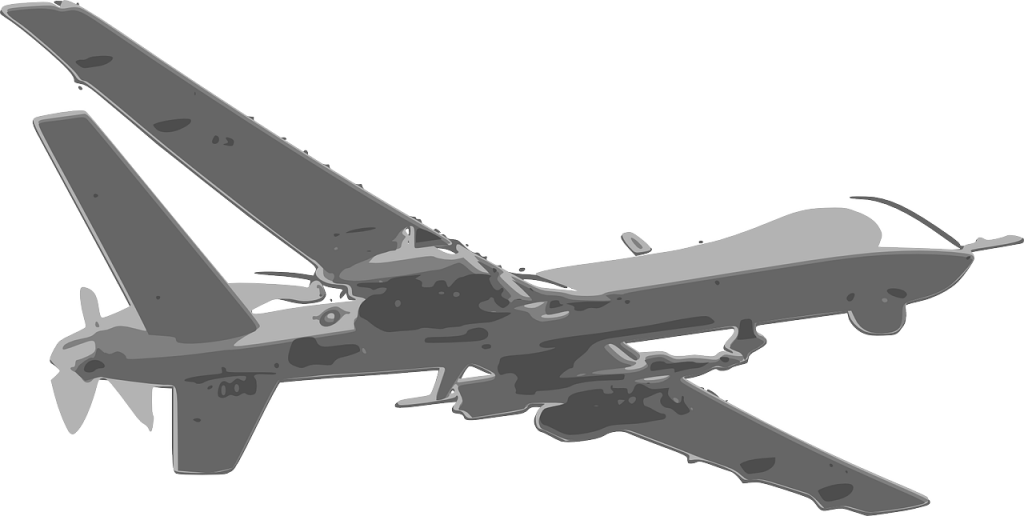
The emergence of unmanned aerial vehicles (UAVs), or “drones” as they are more popularly known, is one of the most widely discussed developments in contemporary security and military affairs. So far, the academic literature on drones has been heavily focused on what is usually known as “targeted killings” in the context of the US-led war on terror. This focus, however, is not representative for how the vast majority of drones are de facto used in military operations. On the contrary, most drones are not used for targeted killings but for what in military parlance is known as ISTAR tasks, i.e., for the purposes of intelligence, surveillance, target acquisition, and reconnaissance.
The more conventional literature on military drones often seeks to extract drones from the wider social forces that enable or disable their use in particular contexts. To examine the ways in which drones change warfare, however, my contention is that a different approach is needed – one which is simultaneously historical, technological and social, where the drone is inserted into an assemblage of technology, tactics and wider societal forces.
”the use of drones enables drawn-out, low-intensity conflicts”
In a recently published piece in Security Dialogue, I take such an approach to Israeli drone warfare. I examine the changing roles played by drones in the Israeli Defence Forces (IDF) and the difference that the emergence of UAVs has made to practices of Israeli warfare. The vast majority of drones in the IDF are unarmed with the primary function of providing intelligence by means of conducting so-called loitering surveillance. The broader importance of the drone, the Israeli experience shows, is not primarily its use as an armed platform but rather as a provider of ISTAR, to assist the targeting process. Having examined the emergence and development of the Israeli drone program, I argue that drones have enabled operational sustainability over a long period of time, precisely since both one’s own and civilian casualties may be kept limited and stretched out over, rather than concentrated in, time. In that way, the use of drones enables drawn-out, low-intensity conflicts, of the kind we have witnessed on the Gaza Strip.